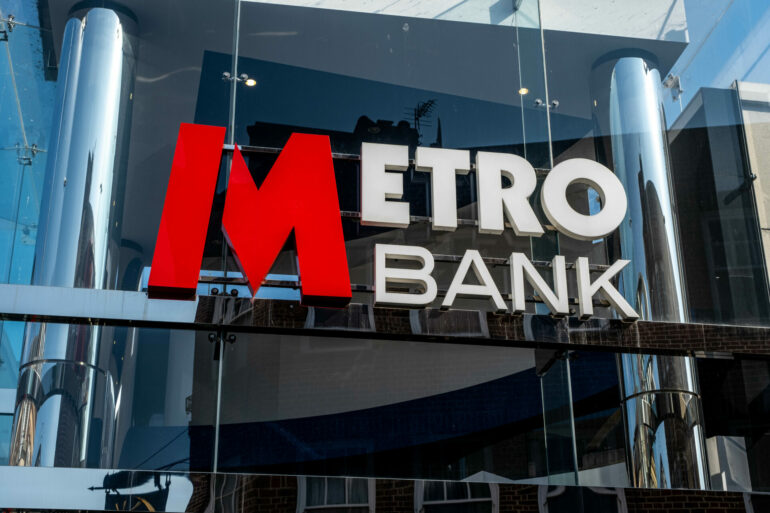Amid escalating living costs, the top reasons for UK borrowers to seek loans are for car repairs or purchases, debt consolidation, and home improvement, according to Metro Bank’s Q1 2023 data. The recently released ‘Borrow Barometer’ provides a snapshot of the nation’s borrowing habits during this period.
Automotive expenses led the borrowing trend, with an average loan amount of £9,283. Debt consolidation closely trailed, with an average loan figure of £9,306, and home improvements stood third with an average loan size of £9,115.
“This data provides a brief snapshot of our customers’ financial pressures and aspirations,” explained Richard Saulet, managing director of consumer finance at Metro Bank. “It paints a diverse picture ranging from people investing in themselves or growing their business, to exploring the planet – be it lush tropical climes or racing off on a new motorbike.”
As the British winter loomed, customers borrowed around £4,913 on average for holiday and travel expenses. Meanwhile, the romance of the first quarter inspired average loans of £7,901 for engagements or weddings.
Beyond leisure, loans were frequently taken out to invest in personal or business growth, whether that entailed upgrading businesses or pursuing further education and training courses.
“Of course, we can’t overlook the fact that people are turning to borrowing as a means of coping with today’s cost of living pressures. Loans to support unexpected bills such as lawyer fees or medical bills also remain high,” added Saulet.
The ‘Borrow Barometer’ further dissected borrowing trends into three key categories: work, rest, and play.
Work-related loans averaged £6,500 for business costs, covering everything from start-ups to new tools. Loans for education, aimed at improving career prospects, amounted to an average of £5,750, with 75% of such loans being for school fees and further education.
In the ‘rest’ category, an average loan of around £5,000 was seen for holidays and travel. Borrowing for caravans and camper vans also featured, with an average figure of £9,667.
In the ‘play’ sphere, the average wedding loan was £7,901, which compared favourably with the UK’s average wedding cost of £18,400. Interestingly, there were also loans for items like watches, golf clubs, and even a racing simulator.
Unexpected bills, particularly for funerals (£3,500 average), unexpected tax (£7,083 average), and vet treatments (£1,667 average), were another significant borrowing trigger.
An emerging trend noted in the data was borrowing for medical bills, including surgery, cosmetic procedures, and dental treatments, which averaged £4,939. With 16% of these loans taken for dental treatments (average loan amount £4,333), the trend may signal the growing strain on NHS dental services.



